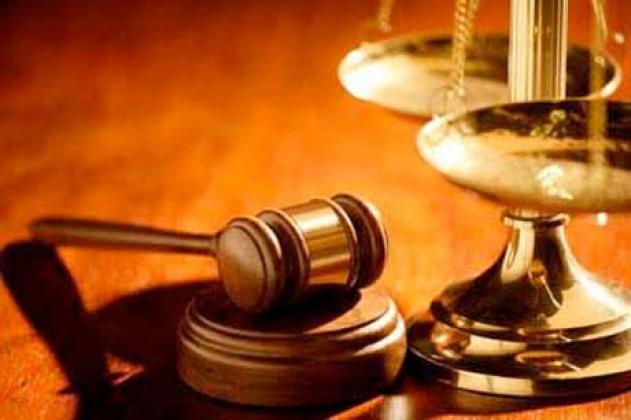
Elizabeth West/Ville Platte Gazette
Ever since the killing of DeJuan Guillory by an Evangeline Parish Sheriff’s deputy, many people have questioned why the 27-year-old was not in jail after being arrested in 2015 for stealing an ATM and shooting at law enforcement officers in Mamou.
The answer in short is that Guillory received a deferred sentence the day he stood before Judge Gary Ortego and pleaded guilty to the amended charge of simple criminal damage to property in December 2016.
Due to the fact that he never bonded out, Guillory spent approximately 16 months in jail for the ATM incident before entering his plea.
A deferred sentence is when a defendant’s sentence is suspended to allow that person to complete a period of probation instead of going to jail.
However, what exactly led to the District Attorney’s Office’s decision to defer Guillory’s sentence has been unknown until now.
During an interview with the lead prosecutor on the case — Evangeline Parish Assistant District Attorney Kelly Tate — she explained Guillory’s deferred sentence had everything to do with a lack of evidence.
When Guillory was arrested in August of 2015 for stealing an ATM from Citizen’s Bank in Mamou and for firing shots at an officer, he was initially charged with attempted first degree murder of a police officer, three counts of criminal damage to property and one count of simple criminal damage to property.
As the lead prosecutor in the matter, Tate’s job required her to determine whether the available evidence was sufficient enough to meet the burden of proof beyond a reasonable doubt that Guillory was guilty of the charges against him.
According to Tate, the evidence file in the State’s case against Guillory consisted of “11 cartridges and one bullet,” which were collected by law enforcement officers.
After being tested by the Acadiana Crime Lab, it was determined that the cartridges and bullet collected at the scene of the crime were “fired from an unknown firearm.”
Also, according to the A.D.A., “no weapon was ever recovered by law enforcement officers.”
Other evidence that was processed for fingerprints and DNA from the crime scene were the ATM that was stolen, the backhoe that was used to steal the ATM, a glove, and two bottles that were found on the backhoe.
According to Tate, the ATM was processed for “latent fingerprints,” which are prints that are not visible to the naked eye. No fingerprints were retrieved though.
The glove that was recovered from the scene was swabbed for DNA, but the amount was “insufficient.”
When it came to the two bottles that were retrieved from the backhoe, the A.D.A. said, “The DNA profile was inconsistent with the DNA profile of DeJuan Guillory.”
There were also several eye witnesses, but they were unable to name Guillory as the individual they saw committing this crime.
Tate said, “One witness believed he recognized the defendant, however, other witnesses that were there were unable to identify who it was.”
The last piece of evidence in this case was video surveillance from the bank. According to Tate, this surveillance was reviewed by law enforcement. However, she said that the district attorney’s office “was never able to get a copy of the video,” and therefore they were unable to ever review the surveillance footage.
With very little evidence to link Guillory to the ATM theft, Tate said, “We would have had a difficult time proving beyond a reasonable doubt that he was guilty of the charges against him.” Therefore, the “plea was a result of negotiations on both sides.”
